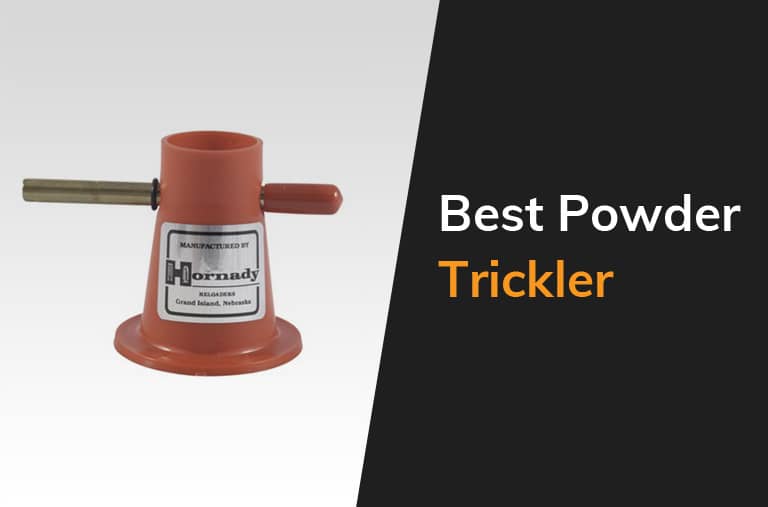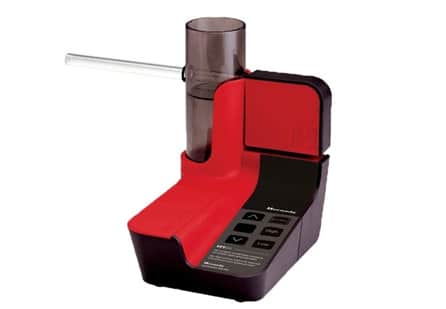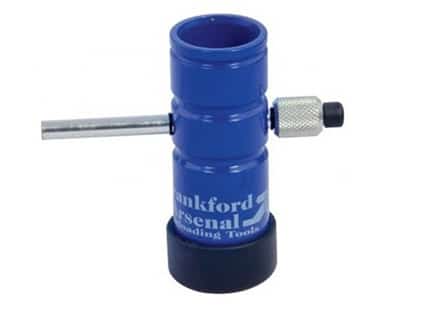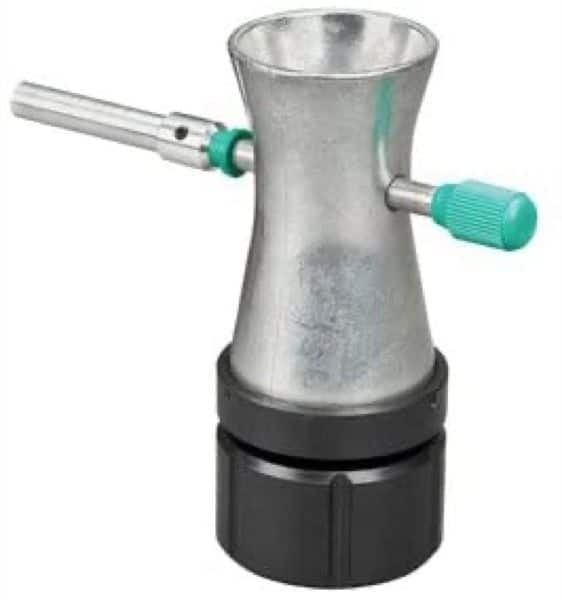At a Glance: Best Powder Trickler
- OUR TOP PICK: Hornady Powder Trickler
- RUNNER UP: Hornady Vibratory Trickler
- BEST BUDGET OPTION: Frankford Arsenal Powder Trickler
Comparison of Best Powder Trickler
| PRODUCT | DETAILS | ||
|---|---|---|---|
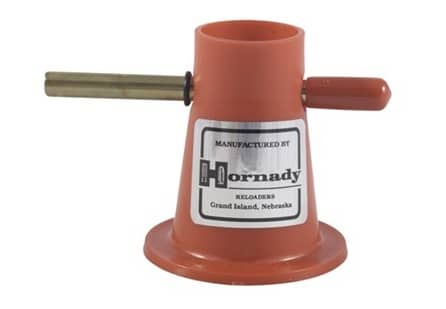
Our Top Pick
|
Hornady Powder Trickler |
|
View Latest Price |
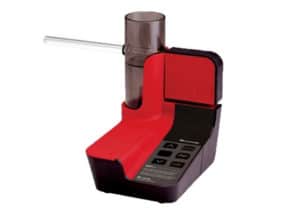
Our Top Pick
|
Hornady Vibratory Trickler |
|
View Latest Price |
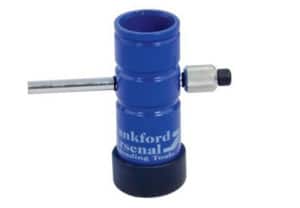
Our Top Pick
|
Frankford Arsenal powder trickle |
|
View Latest Price |
The Best Powder Tricklers Reviewed
As a serious reloader, you’re looking to achieve the perfect powder charge. One piece of inexpensive equipment that will help you do this is a powder trickle. However, like most reloading equipment, the market is saturated with different options. This makes it difficult to know which powder trickler will best help you to attain that perfect charge.
Understanding what makes a powder trickler the best, and knowing what to look for, will greatly improve your reloading process, as well as the accuracy of your ammunition. This is why I’ve tested and reviewed the five best powder tricklers on the market today. I’ve listed the pros and cons of each machine to give you extra assurance in your decision.
Hornady Powder Trickler
Hornady’s manual powder trickler gives excellent round-to-round consistency as it quickly and precisely drops each powder grain through. This is an extremely affordable but equally reliable product from a reputable manufacturer.
I was hugely impressed by the precision of this trickler. It will regulate the smallest amount of powder to pass through the tube to ensure you obtain the most precise charge weight.
The trickler features a wide no-tip base to keep it firmly in place on your workbench during the entire trickling process. It’s incredibly easy to use. By slowly turning the stem, powder gently dispenses into the scale pan.
This is a high-quality machine from a reputable industry professional. It has a simple design and is very lightweight. For those who prefer a heavier machine, this may not be the best option but otherwise, it’s a great affordable trickler for beginners to experts.
Pros
- Reliable trickier with great consistency
- Precision powder measuring ability
- Wide, stable base
- Easy to clean
- A great option for those on a budget
Cons
- The lightweight design may not suit everyone
- Does not have a big capacity
Hornady vibratory Powder Trickler
The Hornady vibratory trickler has been designed to give consistently accurate charges for a wide range of powders, offering unprecedented capabilities. The vibratory trickler is great for reloaders wanting to upgrade from the manual style trickler. This electric version allows you to save time and improve your reloading accuracy and efficiency.
This powder trickler rates the highest with consistency for me, giving me loads that were exactly the same every time. I also like how this machine gives you the choice of three settings to use. There are high, low, and variable settings that enable you to fine-tune the trickler’s operation for numerous powder types.
I particularly liked the modular design of the Hornady vibratory trickler. You can use it with the base attached or removed. The modularity also makes it quick and easy to clean and store. Furthermore, the machine features LED-lit buttons and is powered by two AAA batteries.
Unfortunately, I did find one downfall. The base is not as stable as other models I tested so it doesn’t rank high in durability.
This powder trickler will cost you a little bit more than the manual versions on the list. In my opinion, the extra dollars are worth the time you will save, and the increase in accuracy that you will experience.
Pros
- The electric vibratory operation speeds up the reloading process
- Gives consistently accurate charges
- Compatible with numerous powders
- High, low, and variable settings
- Modular design with a removable base
- A great option for serious reloaders wanting to save time
Cons
- Lacks in stability and durability
Frankford Arsenal Powder Trickler
The Frankford Arsenal manual powder trickler helps you to achieve precise load weights by dispensing tiny amounts of powder. It has been designed with increased height to work effectively with all powder types, scales, and supporting equipment.
What I like the most about this trickler is its capacity. It’s large enough to handle all the powder needed for a whole reloading session. It also has a useful dust and moisture cover. This not only protects the powder while in the trickler but also doubles as a non-skid base.
Furthermore, Frankford Arsenal machined this powder trickler with tough steel to prevent tip-overs and increase stability. This heavy-duty construction also enhances the longevity of the machine.
Despite its precision, tough construction, and extra features, it’s an extremely affordable option. If you’re looking for a tough machine that will help you achieve the optimal load weight, this could easily be the best powder trickler for you.
Pros
- Precision powder measuring ability
- Large capacity
- Compatible with all powder types and scales
- Dust covers which can also be used as a non-skid base
- Heavy-duty durable steel construction giving great stability
- Great value for money
Cons
- None
RCBS Powder Trickler
RCBS’s manual powder trickler offers a speedy way to feed powder into your scale. With just a gentle twist, the powder trickles into the pan one kernel at a time. This capacity for perfect precision supplies you with the most accurate load weights.
This powder trickler from RCBS also boasts a large capacity reservoir and an extra-wide base for stability. Moreover, the height of the machine perfectly fits the majority of powder scales.
The function of this unit is pretty standard for a manual trickler. Even so, it stands out from many other manual options on the market as it has a solid construction and it allows you to add just the smallest bit of additional powder.
Because it’s light in weight, it doesn’t give the most stability and sturdiness. However, as suggested in the manual, you can place a weight underneath the base. This is what I did and it solved the problem.
Pros
- Quickly and precisely feeds powder into the pan
- Large capacity reservoir
- Fits most powder scales
- Solid build
Cons
- Lacks stability and sturdiness
- Does not feature any cover to prevent spilling
RCBS Electronic Powder Trickler
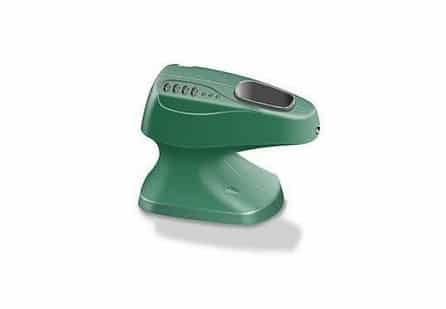
This electric powder trickler from RCBS helps serious reloaders to automate and speed up their reloading process. It has been designed with adjustable speed and the ability to program it for multiple loads.
This versatile electronic version allows for everything from precision loads to quick plinking loads. Produced by a reputable American manufacturer it gives a sturdy and stable feel when in use.
This trickler is a cut above the rest. It delivers unbeatable accuracy and functions smartly. Using the machine is also super easy. Simply add the right amount of powder to the scale pan, then press the memory button to save the value. Once the correct weight is reached, the trickler automatically adds that volume of powder to the pan each time.
This product is a lot more expensive than the others on the list but it delivers the best in terms of accuracy. It may not be the best option for novices or those on a budget, but if you’re a serious reloader willing to splash out on the best quality, this could easily be the best powder trickler for you.
Pros
- Electric operation with adjustable speed
- Offers versatility and extreme accuracy
- Smart memory function
- Well constructed stable build
Cons
- An expensive choice
What is a Powder Trickler?
If you’re just getting started with reloading or you use different powder measuring methods, you might not fully understand what a powder trickler is or how it works.
- Powder tricklers are simple machines that assist you in achieving the perfect powder charge, making it a vital reloading tool for improving accuracy.
- A powder trickler helps you to create precise reloads by accurately measuring the exact amount of powder that you need to recharge your primed cases.
- Most tricklers use an internally-threaded tube to move small amounts of powder, which may be as little as one or two kernels at a time! It then trickles the powder into a scale pan until it reaches an accurate powder weight.
- The trickler is a useful and reliable tool that gives you complete control over how much powder trickles into your scale pan.
What to Look for When Buying The Best Powder Trickler
There are many powder tricklers on the market so as a serious reloader, it’s important to know what to look for when choosing the best powder trickler for you. Here are the top things to consider:
- Adjustable Height: A powder trickler that has an adjustable height is vital as you can use it with any scale. Being able to lower or raise the trickler’s height will allow you to perfectly fit it to your scale, whatever its size.
- Stability: It’s crucial that your trickler has a solid, stable base and remains in its position on the bench. A machine that holds stability even when you adjust the height will make the process much easier.
- Durability: For a machine that will last a lifetime, look for one that’s made from heavy-duty materials, like steel. Durable materials will hold up without breaking down even with consistent reloading sessions.
- Powder measuring precision: Of course, it’s also crucial that your trickler creates precise powder measurements. A highly rated powder trickler from a reputable manufacturer will allow you to fine-tune it to measure the powder for the most accurate charge weight.
Manual vs electric
It’s also worth knowing the difference between manual and electric tricklers. Although most models offer manual operation, you can also find electric versions.
Manual tricklers can be very time-consuming if you reload large volumes of cases. Electric models are much more convenient as they can be operated with the simple press of a button. Moreover, electric tricklers give the same precision and accuracy as manual ones.
How to use a Powder Trickler
Powder tricklers are uncomplicated tools to use. Here are the simple guidelines to follow when first using your new manual powder trickler.
- Simply fill the trickler with powder then turn the knob several times to get the powder to start feeding through the tube.
- Then, continue to twist the knob until the desired amount of powder trickles into the scale pan.
- Turning the knob in a clockwise direction will usually dispense the powder faster.
- Any unused powder should be returned to its original container.
If you are using an electric powder trickler, the process is even more straightforward. Instead of twisting a knob, you simply press the button and the machine does all the work for you!
How to find the optimum powder load
As many serious reloaders will know, the wrong amount of powder will not produce accurate results no matter how much care you put into making each round otherwise. Additionally, for every bullet type, there is a specific amount of powder that will cause the bullet to exit the muzzle at the “friendliest” point in the vibration cycle. Besides, an incorrect powder load can be dangerous to fire.
To find the optimum powder load for your gun the first step is to find the right load recipe that will prescribe a specific powder. You should always find and follow powder load data that is specific to your caliber. You can find a large array of load recipes in most handloading manuals. Some of the best reloading manuals on the market are:
- Lyman 50th edition reloading manual
- Hornady 99240 10th edition manual
- Lee Precision 2nd edition modern reloading manual
- Sierra 5th Edition rifle handgun manual
The load data you find may vary across different brands as bullets can have different powder tolerances. Because of this, it’s best to consult the reloading manual from the manufacturer whose products and equipment you use. This will give you the most accurate and optimum powder load.
What is the best Powder Trickler?
All five powder tricklers on this list will positively improve your reloading process. Nonetheless, for a serious reloader, I found the Frankford Arsenal powder trickler to be the best powder trickler on the market.
The Frankford Arsenal powder trickler rates high in all areas. Not only does it trickle the powder with extreme precision, but it also boasts an extra-large capacity and works flawlessly with all powders and scales too. Because of its heavy-duty steel construction, you know you’ll have a product that will last for years. Lastly, at such a low price, it gives the best value for money.
I hope this guide has equipped you with the knowledge needed to find a powder trickler that will help you to achieve that perfect charge and thus, enhance your shooting.

